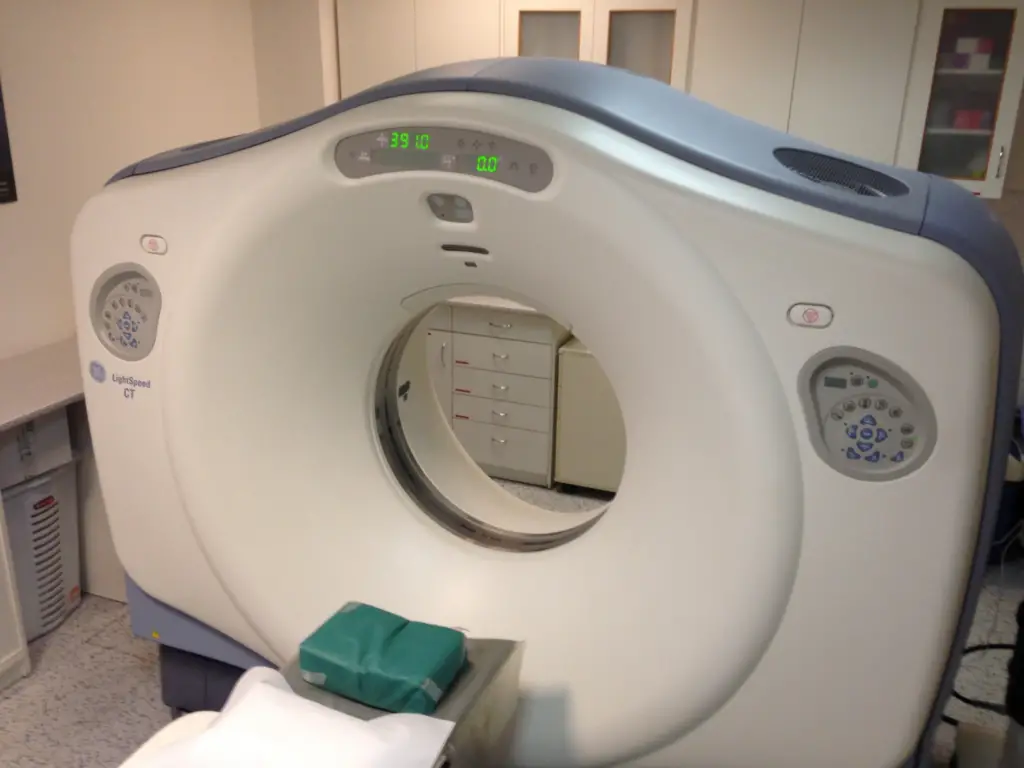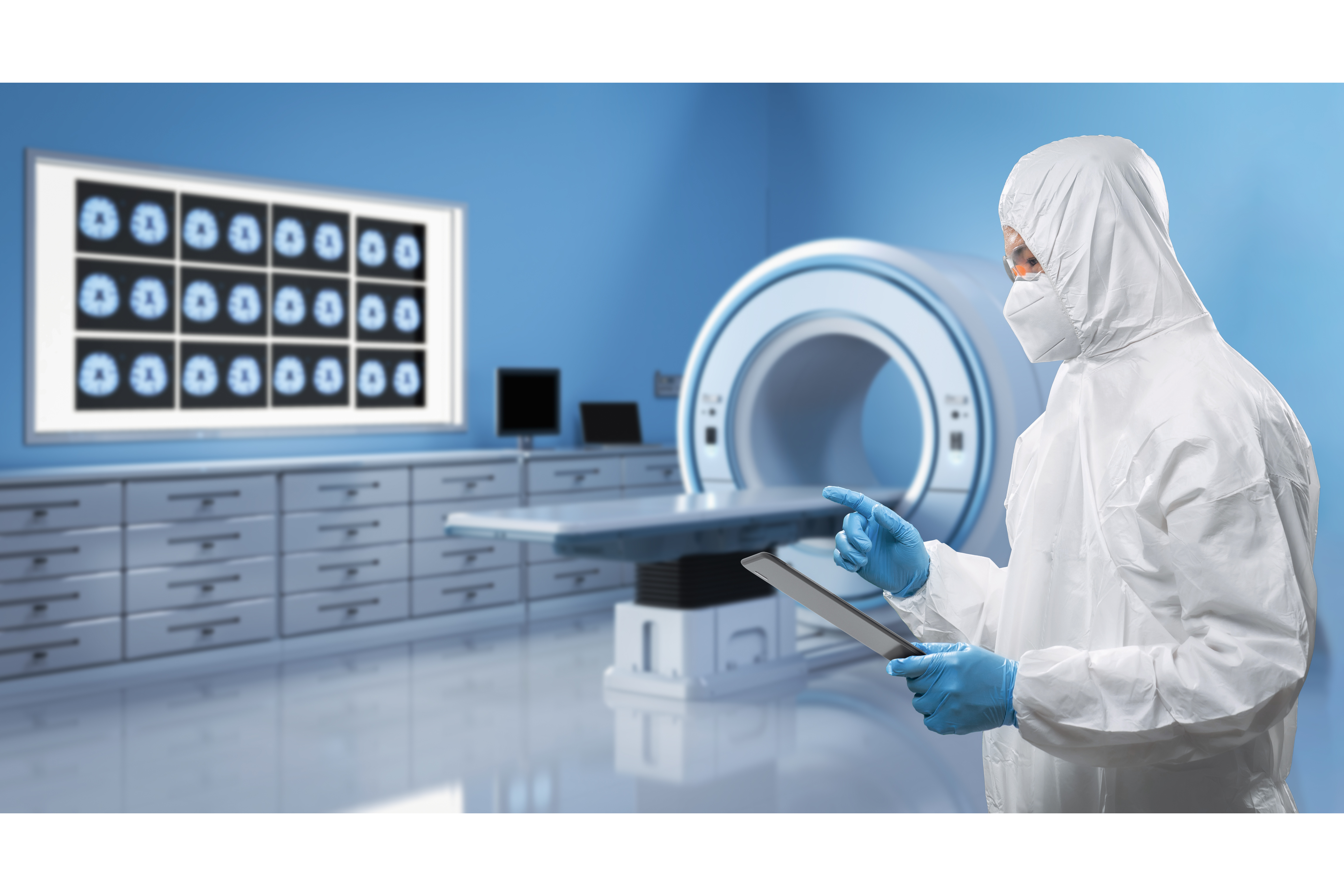Magnetic Resonance Imaging (MRI) has revolutionized the way we look inside the human body, offering a window to the intricate details of our inner workings without a single incision. As technology has evolved, so have the methods of enhancing these images, most notably through the use of contrast agents. But what exactly is the difference between MRI with contrast and without? Let’s dive deep into this topic, exploring how contrast aids in diagnosis, and what alternatives exist for those allergic to contrast material.
Understanding MRI
Basics of MRI
At its core, an MRI scan uses a powerful magnetic field and radio waves to create detailed images of organs and tissues within the body. Unlike X-rays and CT scans, MRIs do not use ionizing radiation, making them a safer option for many.
MRI with Contrast
An MRI with contrast involves the injection of a contrast agent, typically based on gadolinium, which helps to highlight specific areas of the body by altering the local magnetic field. This can make certain tissues, blood vessels, or diseases more visible and distinguishable on the scan.
MRI without Contrast
An MRI without contrast does not use any external agents to enhance the image. It relies solely on the varying magnetic properties of different body tissues to generate the image. While still highly effective, there are instances where finer details may not be as visible without contrast.
The Role of Contrast in MRI
Why Contrast is Used
Contrast agents are used to improve the clarity and detail of MRI images, allowing radiologists to better detect and characterize abnormalities, such as tumors, inflammation, or vascular diseases.
Types of Contrast Agents
The realm of diagnostic imaging, particularly Magnetic Resonance Imaging (MRI), has been significantly enhanced by the use of contrast agents. The most prevalent among these are gadolinium-based contrast agents (GBCAs). These substances are particularly effective in improving the visibility of internal structures, organs, and vessels within the body. Gadolinium, a rare earth metal, alters the magnetic properties of water molecules in the body, which in turn enhances the quality of the MRI images, making certain tissues or abnormalities more conspicuous.
MRI with Contrast
Procedure
The administration of GBCAs is typically conducted via an intravenous (IV) injection either before or during the MRI scan. The timing of the injection relative to the scan can vary depending on the specific area being examined and the type of information the radiologist is seeking. This process is meticulously monitored to ensure the safety and comfort of the patient, as well as the effectiveness of the imaging.
Benefits
The enhanced detail and clarity provided by the use of contrast agents are invaluable in the accurate diagnosis of a myriad of conditions. These include, but are not limited to, brain tumors, spinal lesions, vascular diseases, and inflammation within soft tissues. The contrast creates a clearer distinction between normal and abnormal tissues, enabling radiologists to make more precise evaluations.
Risks
While the use of gadolinium-based contrast agents is generally considered safe, there are potential risks. Allergic reactions, though rare, can occur, ranging from mild symptoms such as hives to more severe reactions such as anaphylaxis. Another concern is nephrogenic systemic fibrosis (NSF), a rare but serious condition that affects the skin, joints, and internal organs, primarily in patients with pre-existing severe kidney impairment. As a result, the patient’s kidney function is often checked before the administration of GBCAs.
MRI without Contrast
Procedure
An MRI without contrast does not involve the use of any external agents and typically results in a quicker examination process. This method relies solely on the natural magnetic properties of the body’s tissues to generate the image.
Benefits
For patients at risk of adverse reactions to GBCAs or those with severe renal impairment, non-contrast MRI is a safer alternative. It eliminates the risk of NSF and still provides high-quality images for many diagnostic purposes, such as evaluating musculoskeletal injuries or certain brain and spinal conditions.
Limitations
The primary limitation of non-contrast MRI is its inability to provide the enhanced detail that contrast agents offer. Certain conditions, particularly those involving small or subtle abnormalities, may be less visible or indistinguishable, potentially leading to less accurate diagnoses.
Comparing MRI with and without Contrast
Comparing MRI with and without contrast is essential in understanding the diagnostic capabilities and safety considerations of these two imaging techniques. Both methods offer valuable insights into the human body, but they serve different purposes based on the patient’s specific health needs and conditions.
Diagnostic Accuracy
MRI with contrast is renowned for its ability to provide highly detailed and clear images of the body’s internal structures. This enhanced visibility is particularly beneficial in diagnosing complex conditions, such as brain tumors, spinal abnormalities, infections, and certain vascular diseases. The contrast agent helps to delineate between healthy and diseased tissues, making it easier for radiologists to identify issues that might not be as apparent on non-contrast scans.
On the other hand, MRI without contrast still plays a crucial role in the medical field. It is particularly effective in examining the brain for degenerative diseases, orthopedic evaluations, and in situations where the structural anatomy is more relevant than the type of tissue. While it may not provide the same level of detail for certain conditions as its contrast-enhanced counterpart, it offers sufficient diagnostic accuracy for many scenarios, making it a valuable tool in the physician’s arsenal.
Safety Concerns
The decision to use MRI with or without contrast is heavily influenced by the patient’s health and safety considerations. Contrast agents, while generally safe, carry the risk of allergic reactions and, in rare cases, nephrogenic systemic fibrosis (NSF) in patients with severe renal impairment. These risks necessitate careful patient screening and consideration by healthcare providers to determine the most appropriate imaging modality.
For patients with known allergies to contrast material or those with compromised kidney function, MRI without contrast becomes a safer alternative. It eliminates the risk associated with contrast agents while still providing critical diagnostic information.
Patients with Allergies to Contrast Material
For patients allergic to contrast agents, thorough communication with healthcare providers is vital. Informing medical staff about any known allergies can help in planning the imaging study to avoid adverse reactions. Premedication or the use of alternative contrast agents may be options for some patients, allowing them to benefit from enhanced MRI scans safely.

Alternatives
When MRI with contrast is not an option due to allergies or other health concerns, alternative imaging techniques may be employed. Ultrasound and CT scans, with or without non-gadolinium-based contrast agents, offer different insights into the body’s condition. These alternatives can be particularly useful in visualizing abdominal issues, evaluating blood flow, and assessing bone injuries.
Conclusion
MRI with and without contrast each have their unique advantages and applications in the medical field. Understanding the differences between them is crucial for making informed decisions about your healthcare. If you have concerns about contrast material, discussing alternatives with your healthcare provider can ensure you receive the safest, most effective diagnostic imaging for your situation.
FAQs
- What is the main reason for using contrast in an MRI?
- Contrast is used to enhance the visibility of certain tissues, making it easier to diagnose various conditions.
- Are there any risks associated with MRI contrast agents?
- Yes, though rare, risks include allergic reactions and, in patients with severe kidney impairment, nephrogenic systemic fibrosis (NSF).
- Can I have an MRI if I’m allergic to contrast material?
- Yes, there are non-contrast MRI options, and your doctor can discuss alternative imaging methods suitable for your condition.
- How do I prepare for an MRI with contrast?
- Preparation might include fasting for a few hours before the exam and informing your healthcare team of any allergies or kidney problems.
- Is MRI with contrast better than without?
- It depends on the specific medical condition being investigated. MRI with contrast can provide more detailed images for certain diagnoses, but MRI without contrast is still highly effective for many situations and carries fewer risks.

